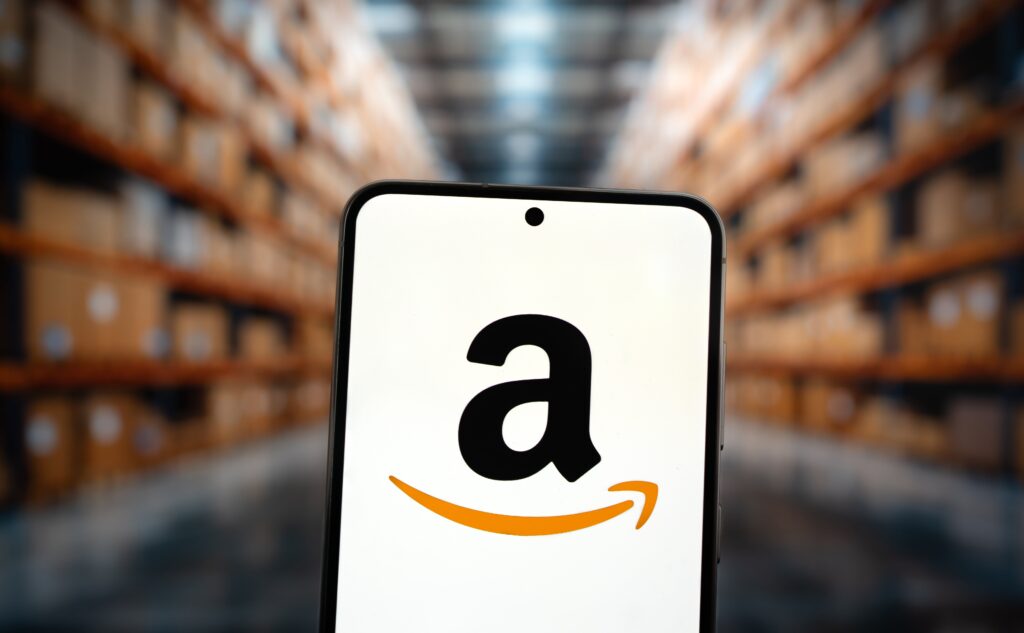Amazon Web Services (AWS) said late Monday that it had resolved a large-scale outage that took down some of the world’s biggest online platforms for most of the day.
Over 1,000 apps and websites — including Snapchat and banks such as Lloyds and Halifax — went offline due to failures in Amazon’s main cloud network in the United States. The outage tracker Downdetector recorded more than 11 million problem reports from users around the world.
Experts said the breakdown exposed the risks of global overreliance on a small group of dominant cloud providers.
A single fault disrupts millions of users
Professor Alan Woodward from the University of Surrey said the outage revealed how deeply dependent global infrastructure has become on shared systems. He warned that the modern internet is only as strong as its biggest providers. “Even small human errors can cause global digital chaos,” he said.
The problems began around 07:00 BST on Monday as users struggled to reach key platforms, including Fortnite and Duolingo.
By midday, Downdetector had logged over four million reports from 500 websites — twice the normal weekday total. The figure climbed to more than 11 million later in the day as more platforms, including Reddit and Lloyds Bank, went down.
At 23:00 BST, Amazon confirmed that all AWS services had returned to normal. The company said it had slowed parts of its own system to fix the root cause.
Experts suspect cascading technical breakdowns
Mike Chapple, an information technology professor at Notre Dame University, compared the event to a power grid failure. “Systems often flicker back on before collapsing again,” he said. “It’s possible Amazon fixed visible symptoms before finding the main problem.”
Amazon has not yet released full details about what went wrong. In a short update, the company said the issue appeared linked to DNS resolution in the DynamoDB API for its US-EAST-1 region.
DNS, or Domain Name System, acts like an address book for the internet. It converts website names into numbers that computers can read. When it fails, browsers can’t locate the pages users are trying to access.
Cloud monopolies under renewed scrutiny
Cloudflare chief executive Matthew Prince said the event showed the enormous influence of big cloud providers. “Everyone has a bad day, and today it was Amazon’s,” he said. “Cloud services allow rapid growth, but when they fail, they take everything down with them.”
Cori Crider, director of the Future of Technology Institute, compared the outage to a “collapsed bridge.” She said that around 70% of global cloud computing depends on Amazon, Microsoft, and Google — a concentration she called dangerous.
“When these few giants stumble, whole parts of the economy follow,” Crider said. She urged countries and companies to diversify and support local providers to make the internet more resilient.
Businesses warned to strengthen protection
Cornell University professor Ken Birman said companies using AWS share responsibility for the damage. “Too many businesses fail to build strong backup systems into their apps,” he said. Outages like this happen regularly, but few are this severe.
Birman added that the technology to build stronger and safer systems already exists. “We know how to prevent this level of failure,” he said. “The problem is that many companies cut corners instead of investing in resilience.”
Legal and financial fallout likely to follow
The question of accountability may soon end up in court. After last year’s CrowdStrike outage, Delta Airlines is still fighting to recover more than $500 million in damages. Even after the fix, the airline had to restart 40,000 servers manually, causing days of flight delays.
The AWS outage may now renew debate over how much control a handful of cloud giants have over global infrastructure — and whether the world can afford such dependence on them.


